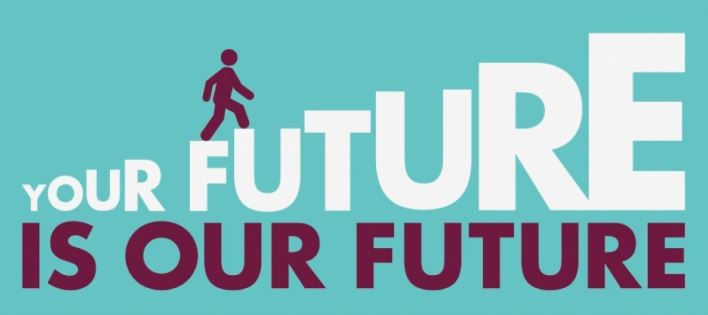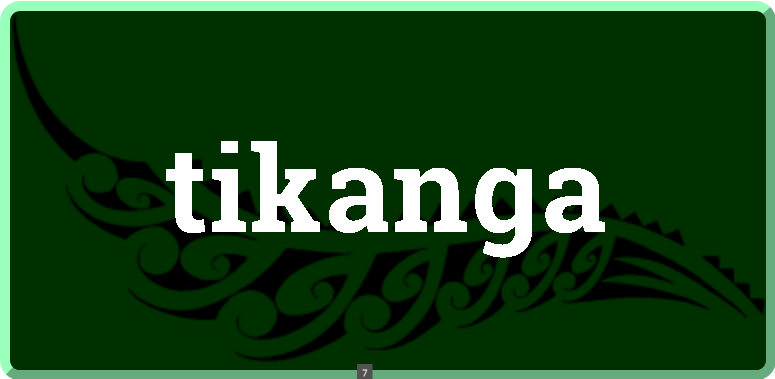
By Robin Wilkins – Pūriri teacher
Dr. Montessori observed that children go through four distinct and noticeable periods of physical and psychological development; birth to six (development of the absorbent mind and individual personality), six to twelve (elaboration of mind and personality), twelve to eighteen, (development of social independence), and eighteen to twenty-four (spiritual and moral independence). Development is intense at the beginning of each plane, then peaks and tapers down to the next plane. As ākonga move from plane to plane, absorbing all the lessons presented, they are also working hard to discover who they are along the way. Needless to say, stress and anxiety are part of this journey.
Mental health is essential, meaning we need to approach the care of feelings and minds as diligently as we approach physical health. Science tells us that when the body is experiencing excessive anxiety, it can be due to the connection between the amygdala – the brain’s “fight or flight” region and the prefrontal lobe – the regulating part of the brain. The frontal lobe is supposed to keep the amygdala in check, but in children and teens, that process is still under construction.
Tamariki are going to respond to stressors differently than adults do and may have a harder time regulating the stress-triggering part of the brain.
There are many types of stress and anxiety, which can make them tricky to spot. These can be mistaken as learning disorders because the behaviour challenges that result can impact a child’s ability to be successful in school. A child or teen dealing with chronic stress and anxiety may miss school a lot, frequently complain of stomach upset, have attention/focus struggles, be inattentive and/or restless, be clingy or even angry and disruptive.
An article entitled ‘Anxiety in the Classroom’ from the Child Mind Institute lists a variety of common types of stress/anxiety. Social anxiety – related to peers and social interactions which cause extreme self-consciousness; generalised anxiety – across the board stress response to a variety of stimuli; obsessive compulsive behaviour such as hand-washing; specific phobias – profound fear of certain situations, activities, etc. Stress can vary wildly between children in the same age group, e.g. one child may act out in a visible and audible way while another child could become withdrawn and inattentive. And as children become older, anxiety and stress become harder to spot – their struggles aren’t always visible.
While the social/emotional Montessori curriculum delivered in class helps ākonga to develop strategies for coping with anxiety and stress, the Child Mind Institute also lists some pointers to guide parents who wish to help their children escape the cycle of anxiety at https://childmind.org/article/what-to-do-and-not-do-when-children-are-anxious/.
Kathryn Berkett, a neuro-science expert and Hutt local, also has many great links on how we can identify and support anxiety and trauma in our tamariki, as well as build resilience on her website http://www.engagetraining.co.nz/online-resources.html.


